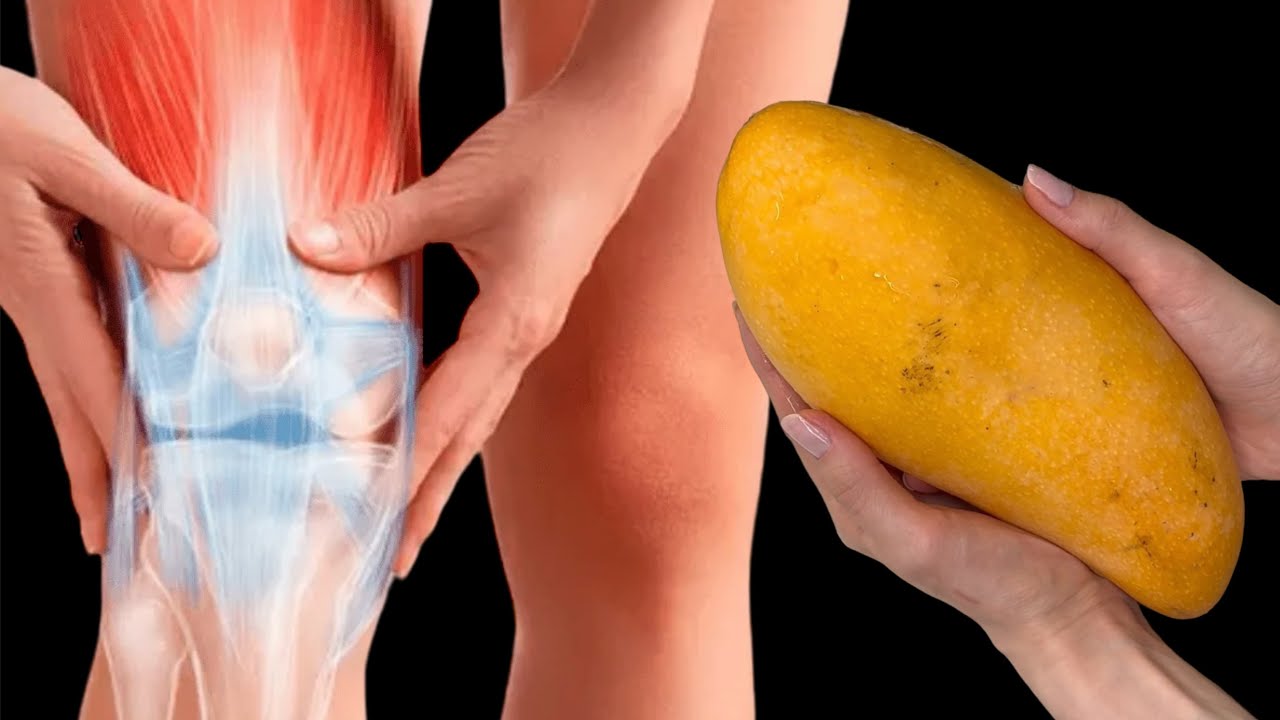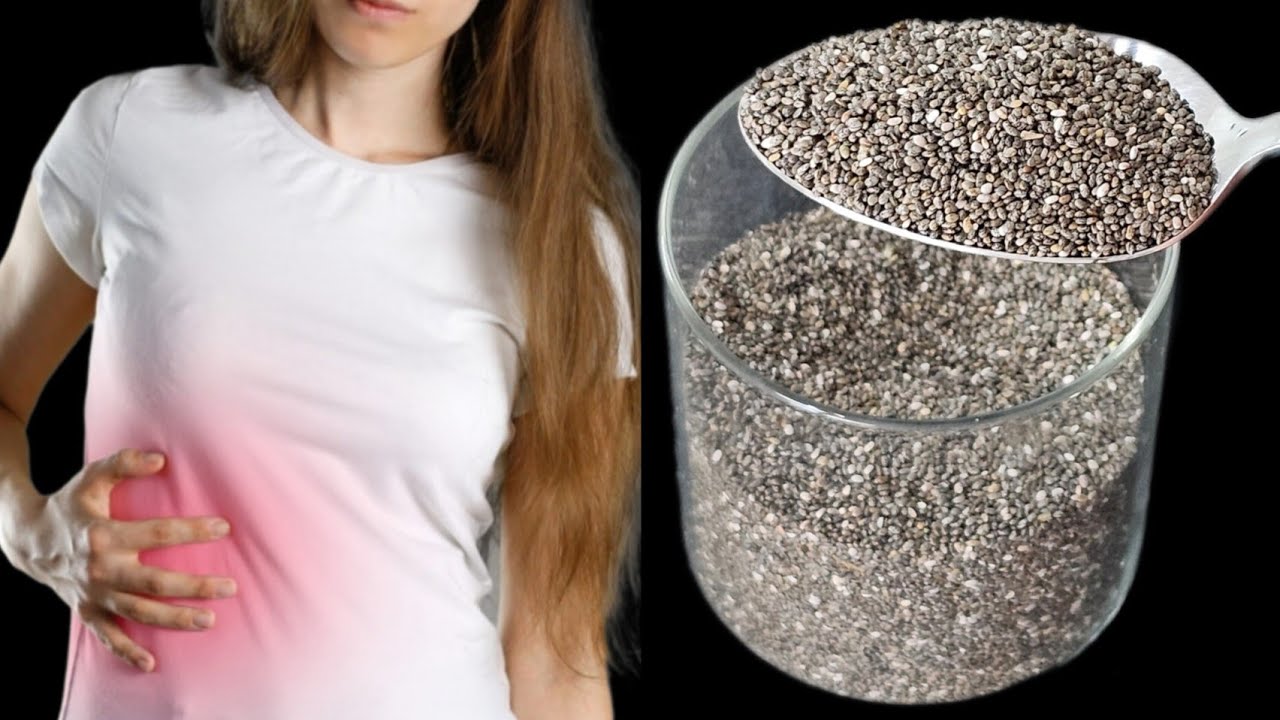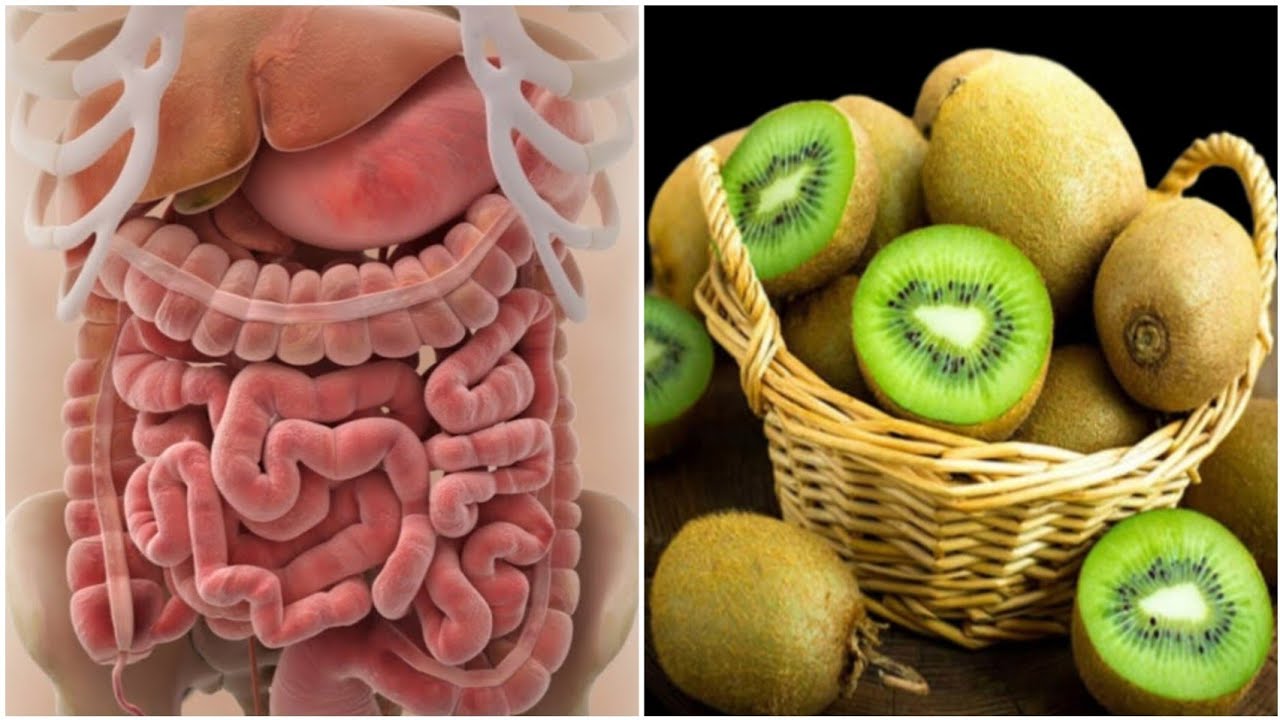
Your stool might not be a topic you discuss often, but it can reveal a lot about your health. Paying attention to your bowel movements can provide important insights into your digestive system and overall well-being. Here are 10 things your stool can tell you about your health.
1. Color Matters
-
Brown: This is the normal color, indicating a healthy digestive tract.
-
Green: Often caused by eating lots of green vegetables or food moving too quickly through the large intestine.
-
Yellow: Could indicate excess fat due to a malabsorption disorder like celiac disease.
-
Black: May be a sign of bleeding in the upper gastrointestinal tract or could be from certain foods or supplements.
-
Red: Could be a sign of bleeding in the lower gastrointestinal tract or from foods like beets.
2. Consistency and Form
-
Type 1 (Separate hard lumps): Indicates constipation and a need for more fiber and water.
-
Type 2 (Lumpy and sausage-like): Also a sign of mild constipation.
-
Type 3 (Cracked sausage): Generally considered normal, though hydration could be improved.
-
Type 4 (Smooth, soft sausage): Ideal stool type, indicating healthy digestion.
-
Type 5 (Soft blobs with clear-cut edges): May suggest a lack of fiber.
-
Type 6 (Mushy consistency): Could indicate mild diarrhea.
-
Type 7 (Liquid): A sign of severe diarrhea and potential infection.
3. Frequency
Regular bowel movements are key to a healthy digestive system. Most people have a bowel movement anywhere from three times a day to three times a week. Both extremes, whether very frequent or infrequent, might require dietary adjustments or medical advice.
4. Smell
While unpleasant, a strong odor can be a normal part of digestion. However, particularly foul-smelling stool may indicate an infection or malabsorption issue.
5. Presence of Mucus
A small amount of mucus is normal, but large amounts can signal inflammation in the intestines.
6. Floating Stool
Stool that floats is often caused by excess gas or malabsorption of nutrients, particularly fats.
7. Pain or Discomfort
Pain during bowel movements or a constant feeling of needing to go can indicate conditions like hemorrhoids or irritable bowel syndrome (IBS).
8. Changes in Pattern
Sudden changes in your bowel movement pattern could be a sign of digestive issues or changes in diet. Persistent changes warrant a consultation with a healthcare provider.
9. Blood in Stool
Blood in your stool can be alarming. Bright red blood usually points to issues in the lower digestive tract, while dark blood might indicate problems higher up.
10. Undigested Food
Occasionally seeing undigested food in your stool is normal. However, if it happens frequently, it could mean your digestive system isn’t breaking down food properly.
Final Thoughts
Your stool can provide valuable clues about your digestive health and overall well-being. By paying attention to its color, consistency, frequency, and any changes, you can catch potential health issues early and take steps to address them. If you notice any persistent abnormalities, don’t hesitate to consult a healthcare professional. Your digestive health is an important part of your overall health, so keep an eye on it!





